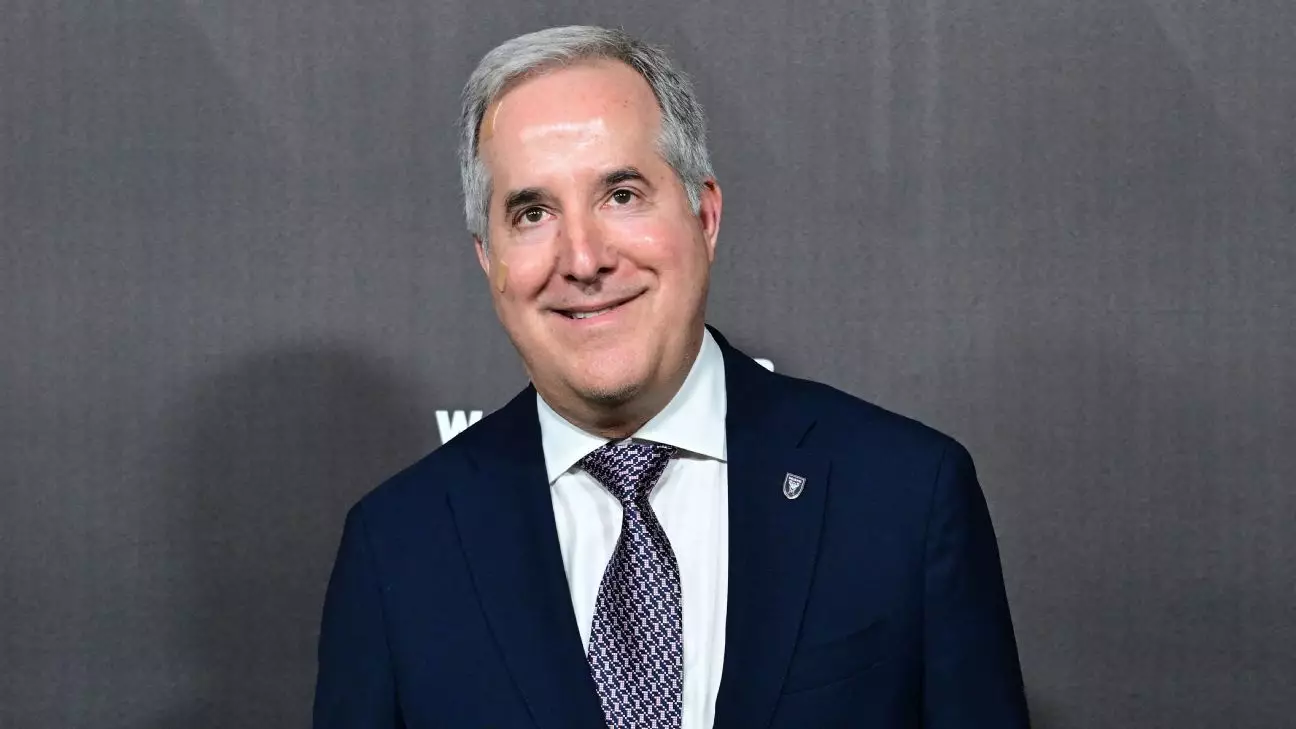Inter Miami’s co-owner, Jorge Mas, has ignited a critical discussion in American soccer regarding the need for Major League Soccer (MLS) to realign with the international soccer calendar. As soccer continues to grow in popularity across the United States, aligning MLS with the global zeitgeist is not just a tactical move; it’s essential for the league’s credibility and competitiveness. Currently, MLS operates on a February to November timeline, a scheduling quirk that places it at a pronounced disadvantage compared to leagues worldwide. This mismatch complicates the transfer dynamics for American clubs, limiting participation in a global marketplace that could potentially elevate the quality of play and viewer engagement.
Mas has expressed confidence that the upcoming meetings this summer could pave the way for significant changes to the league’s operational structure. By considering a switch to a fall/spring calendar as early as 2027, MLS could begin to dismantle barriers that have hindered American clubs from participating fully in international transfer windows—aligning the league with the timelines of major European leagues that dominate the global soccer landscape. The implications of this realignment could fundamentally alter the competitive balance between MLS teams and their international counterparts.
Enhancing Roster Flexibility
Mas is not solely focused on the structural shift of the calendar; he also advocates for enhanced roster flexibility. This flexibility could be a game-changer for MLS teams, allowing them to deepen their rosters and improve competitiveness on the global stage. The current constraints on roster regulations have left MLS teams, including Inter Miami, at a strategic disadvantage. Mas asserts that the depth of a soccer squad can make the difference in crucial matches, particularly when it comes to international competition, where teams are often tested not just for their starting lineup but for the talent that can come off the bench.
The disparity between the starting eleven and substitute players has been highlighted in past international competitions. Mas argues that if MLS can manage deeper rosters—averaging 14 to 16 strong players instead of the current 10 to 12—this could significantly enhance a team’s performance and resilience. Such depth could be pivotal in tournaments like the upcoming Club World Cup, where Inter Miami will face formidable opponents such as Al Ahly, FC Porto, and Palmeiras, among others. The stakes are high as the Herons aim to navigate the challenging group stage, and the necessity for a robust, versatile squad becomes all the more pressing.
Financial Implications and Revenue Growth
Mas also underscores the correlation between financial health and the ability to compete on a global level. While he expresses a desire for increased spending on player rosters, he recognizes that a sustainable financial model must underpin these ambitions. The growth of Inter Miami serves as a beacon of what’s possible when a club successfully navigates its business and operational strategies. The influx of new revenues that comes from higher visibility and engagement with the league’s product is expected to enhance the overall financial landscape not just for Inter Miami but for MLS as a whole.
This financial growth opens doors for more strategic player acquisitions and could lead to a more vibrant and competitive league that draws international talent. The concept of a flourishing MLS, where clubs can spend wisely and attract top-tier players, hinges on the ability to balance revenue with expenditure, ensuring that the league can attract the global audience needed to sustain this growth.
The Road Ahead
The challenges are significant, and Jorge Mas’s vision for MLS is one that recognizes the necessity for evolution. If MLS takes these crucial steps—aligning with the international calendar and adopting greater roster flexibility—then American soccer could ascend to new heights of competitiveness and popularity. The ambition to expand leagues and create a more appealing product is commendable but challenging. It would involve negotiation, cooperation, and a willingness to adapt to an ever-changing soccer landscape.
As Inter Miami prepares for the Club World Cup, the pressure is on. With quality opponents looming in the tournament, every decision from the higher echelons of MLS will be scrutinized. The transformation of the league is not merely a strategic option; it’s an imperative for securing a rightful place in the global soccer hierarchy, thereby allowing American teams to thrive. The next few years will be pivotal, not just for Inter Miami, but for the future of soccer in the United States. The world is watching, and how MLS responds could redefine its legacy.

